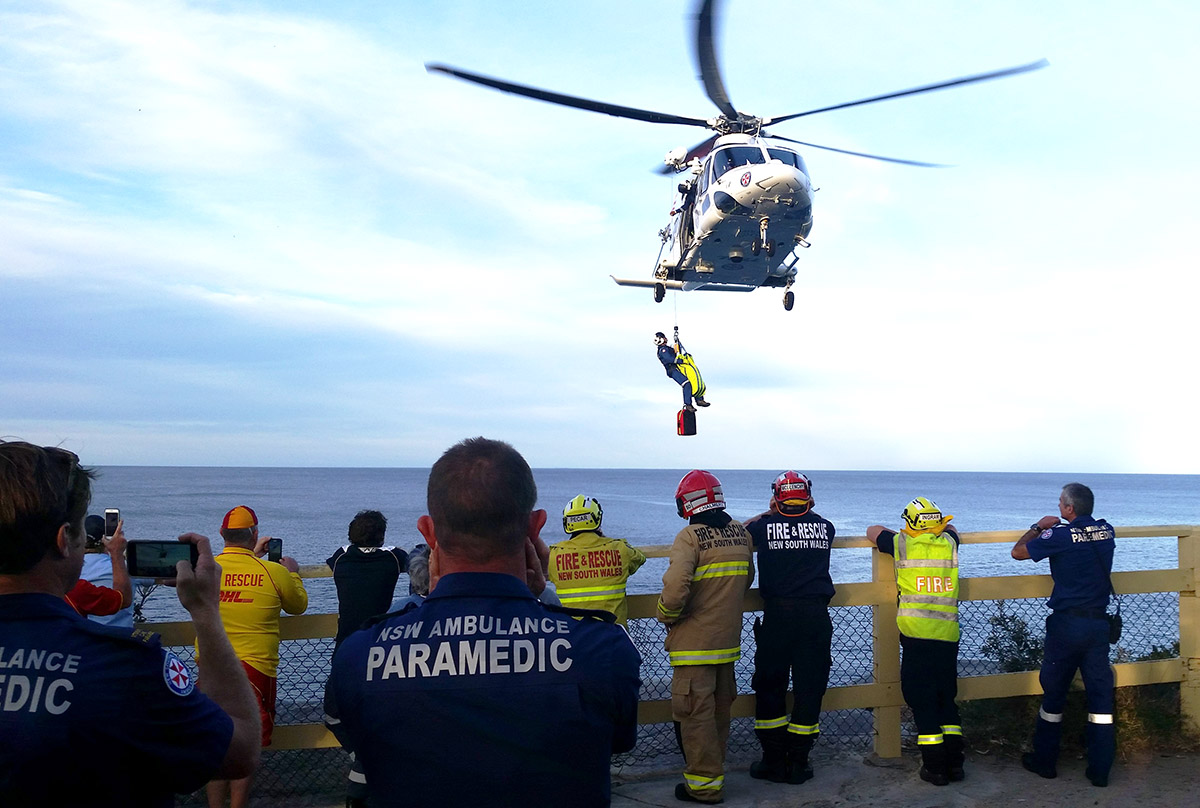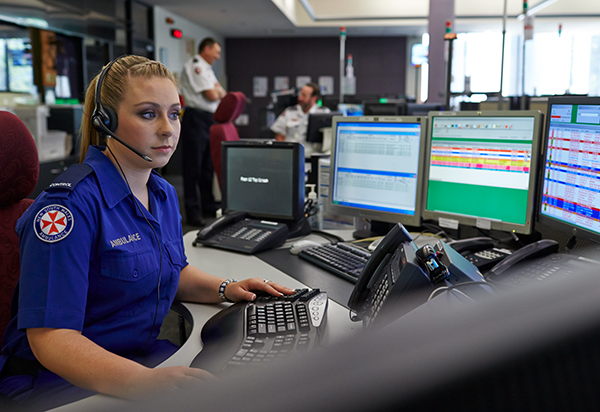NSW Ambulance responds to 1.2 million calls for help each year, across more than 80 000 square kilometres. We aim to deliver excellence in care to communities across the State.

Aeromedical Operations
Aeromedical Operations is a specialist multidisciplinary team that provides coordination, response, treatment and transport for: pre-hospital incidents, medical retrievals, long distance medical transports, search and rescues and major incidents.
Nine Leonardo AW139 helicopters across seven bases deliver medical teams to critically ill or injured patients, for search and rescue or for accessing patients in inaccessible locations.
Fixed-wing aircraft deliver clinical care to critically ill or injured patients, and patients requiring medical transport over long distances who are unable to be transported by Non-Emergency Patient Transport (NEPT).
The fixed-wing aircraft are Beechcraft King Air B200C and Beechcraft King Air B350C. Both aircraft have the capacity to transport two stretcher patients. They are staffed with a pilot and a flight nurse. Depending on the clinical requirements of the case a doctor may be added to the flight. Flight nurses are all registered nurses and midwives with critical care experience; emergency medicine, intensive care or coronary care.
CareFlight and the Royal Flying Doctor Service work with NSW Ambulance to provide services in certain NSW locations.
Clinical Operations
Clinical Operations is responsible for the deployment of over 3,700 paramedics across more than 250 stations in NSW. Our team of highly skilled paramedics provide out-of-hospital care, medical retrieval and health related transport.
We work closely with hospitals and other health providers to ensure that our services are directed to where they are needed most. For example, Patient Flow was developed as an integrated response in conjunction with NSW Health to meet the increasing demand for ambulances and hospital services.
Clinical Operations is also responsible for coordinating the integration of support functions across the organisation that facilitate frontline operations.

Control Centres
We have five control centres which receive emergency and non-emergency telephone requests for ambulance services.
Ambulance Control Centres
Ambulance control centre assistants use sophisticated software to prioritise every call based on questions answered by the caller. Control centre officers then assign the closest appropriate ambulance vehicle using GPS tracking technology.
Details of emergency and non-emergency calls are transmitted to a mobile data terminal located in the front cabin of the ambulance. This provides paramedics with relevant patient information before they reach their destination.
Ambulance control centres are located in Sydney, Newcastle, Wollongong and Dubbo and coordinate ambulances within their geographic area.
Aeromedical Control Centre
The Aeromedical Control Centre is staffed by a multi-disciplinary team of paramedics, critical care nurses and senior critical care doctors who triage patients, provide critical care advice and coordinate the response of specialist medical retrieval teams by road, helicopter or airplane to pre-hospital incidents, medical retrievals, search and rescue operations, major incidents and urgent and routine aeromedical transports.
The Aeromedical Control Centre is located in Sydney.
Emergency Management
NSW Ambulance contributes to the prevention, preparation, response and recovery for major health emergencies and disasters; and provides services at major events within NSW.
The Health Emergency Management Unit and the Counter Terrorism and Emergency Management Unit both play critical roles in emergency management.
